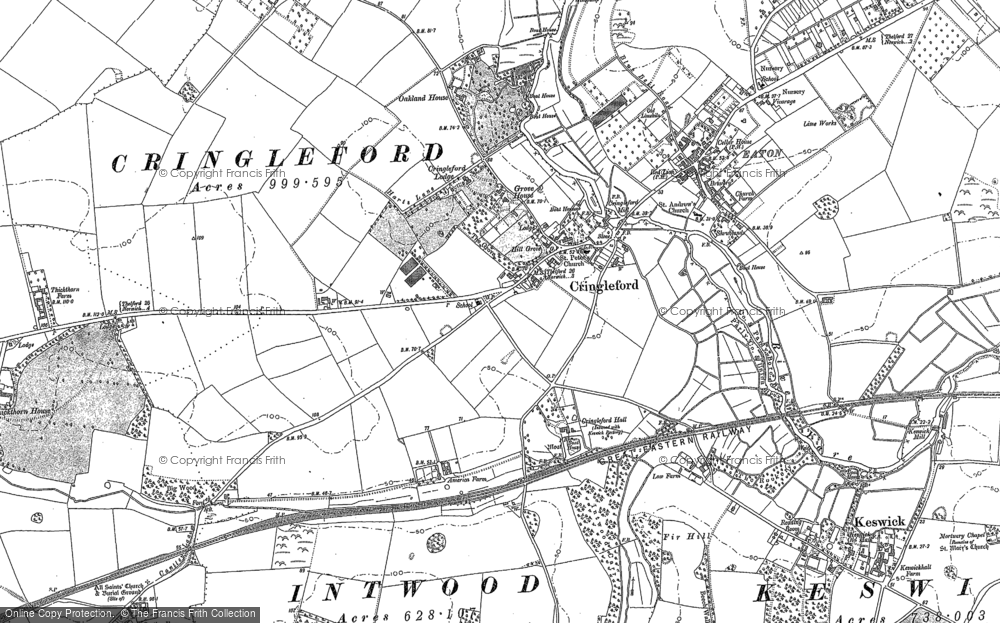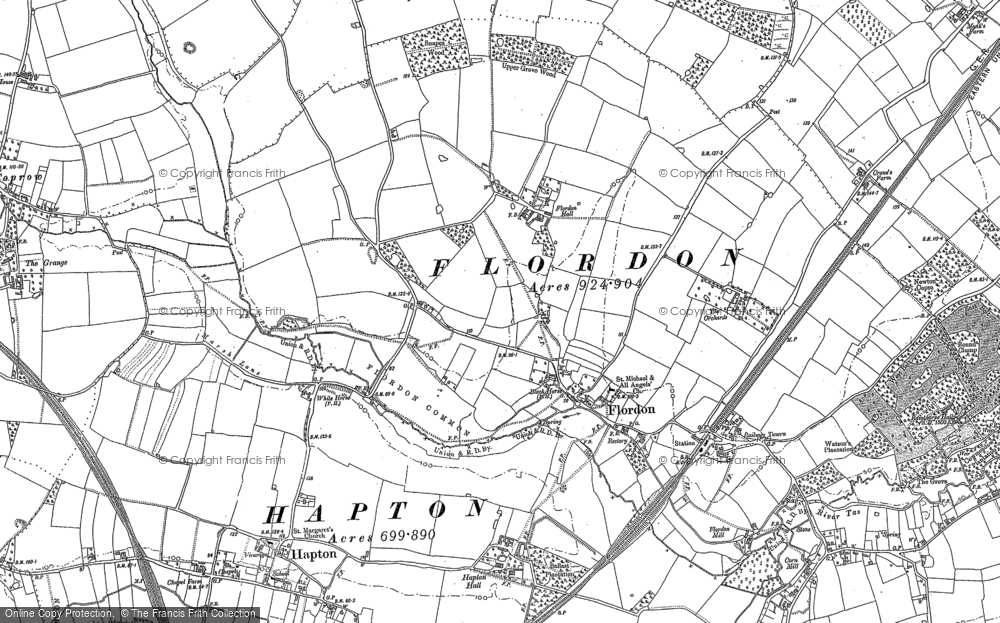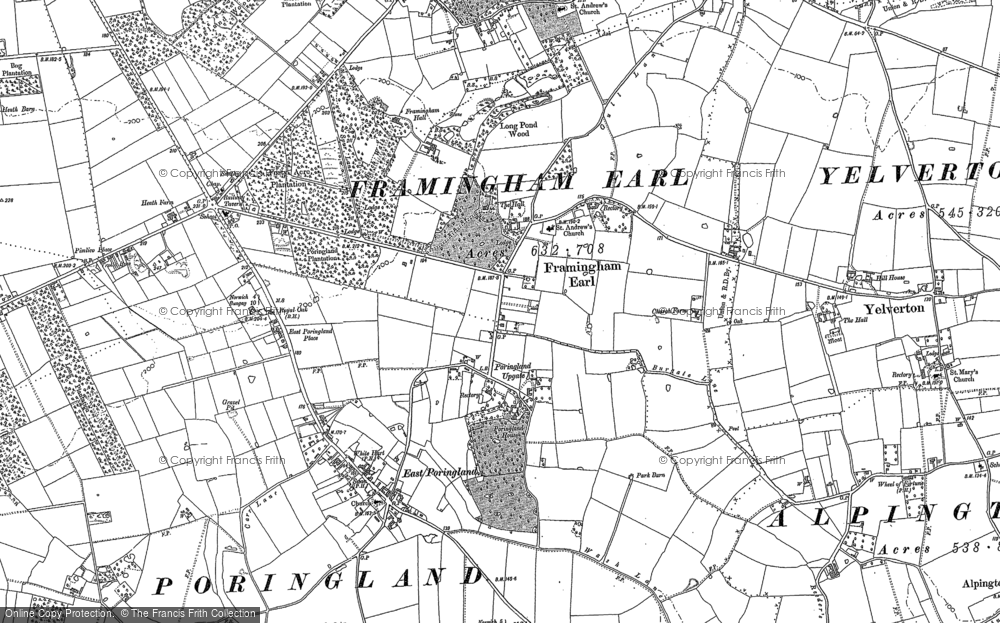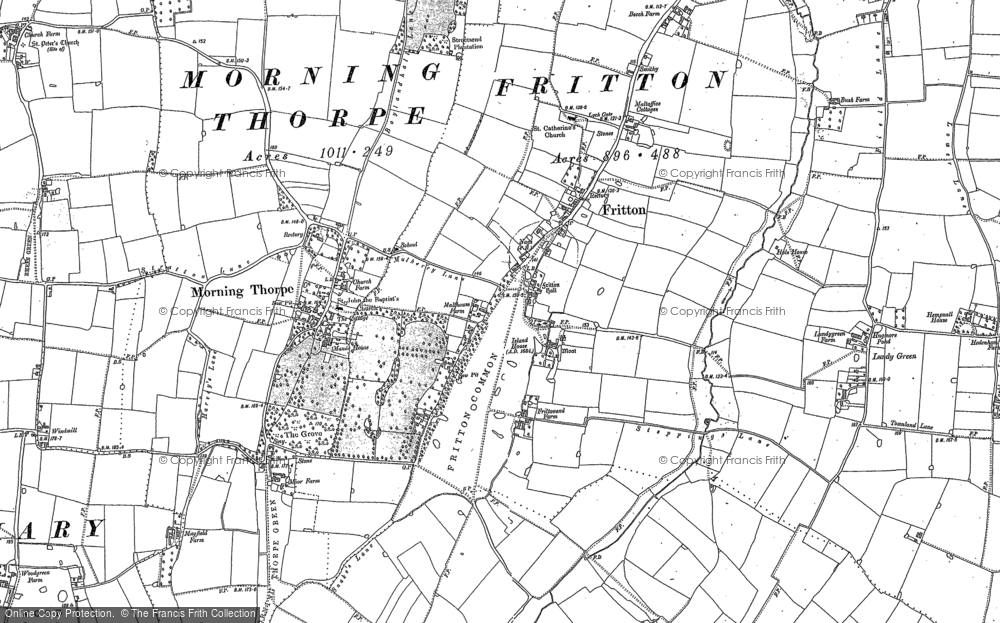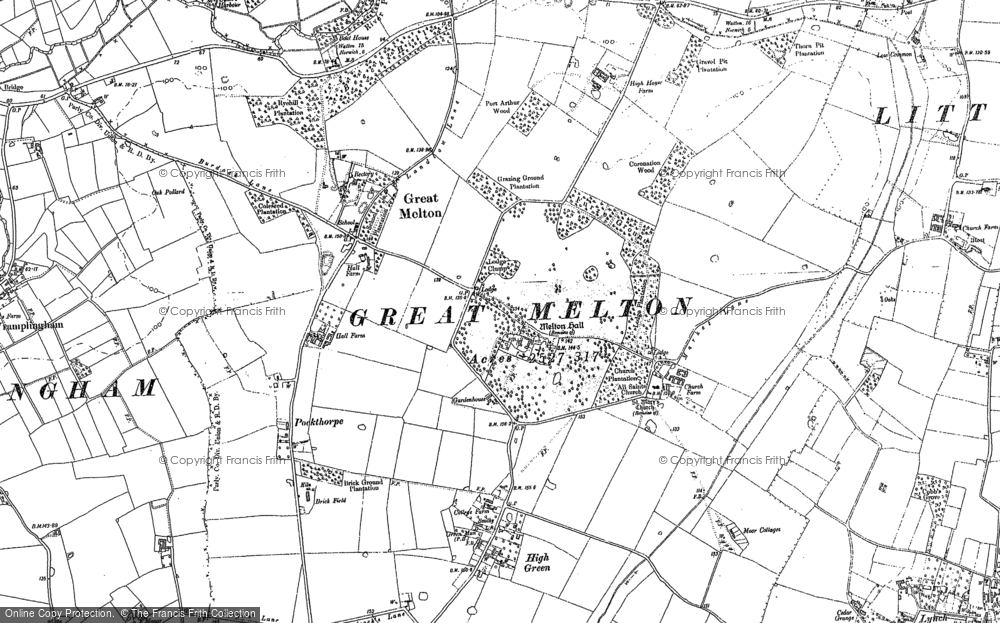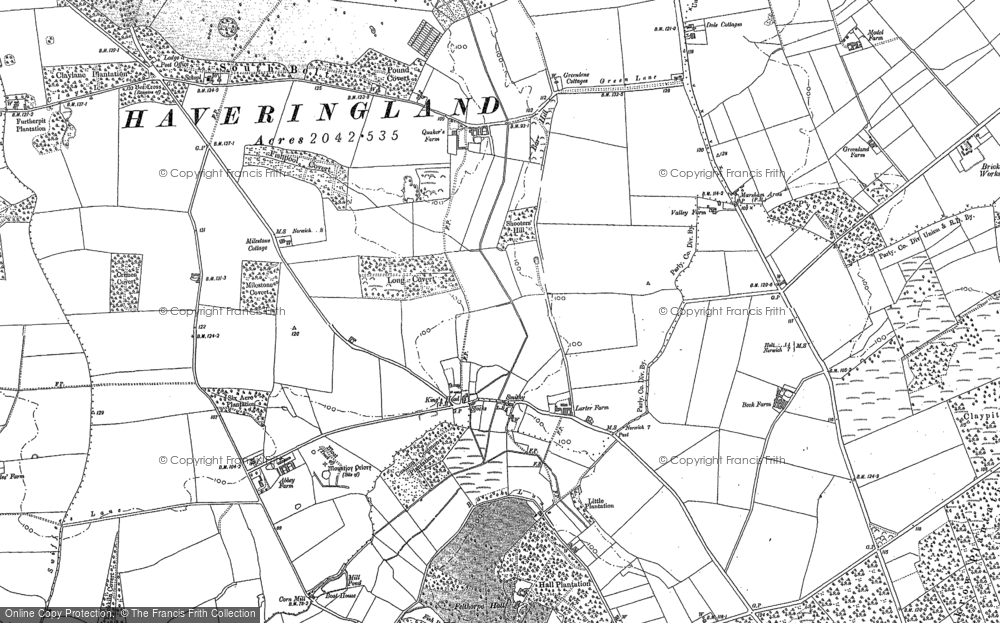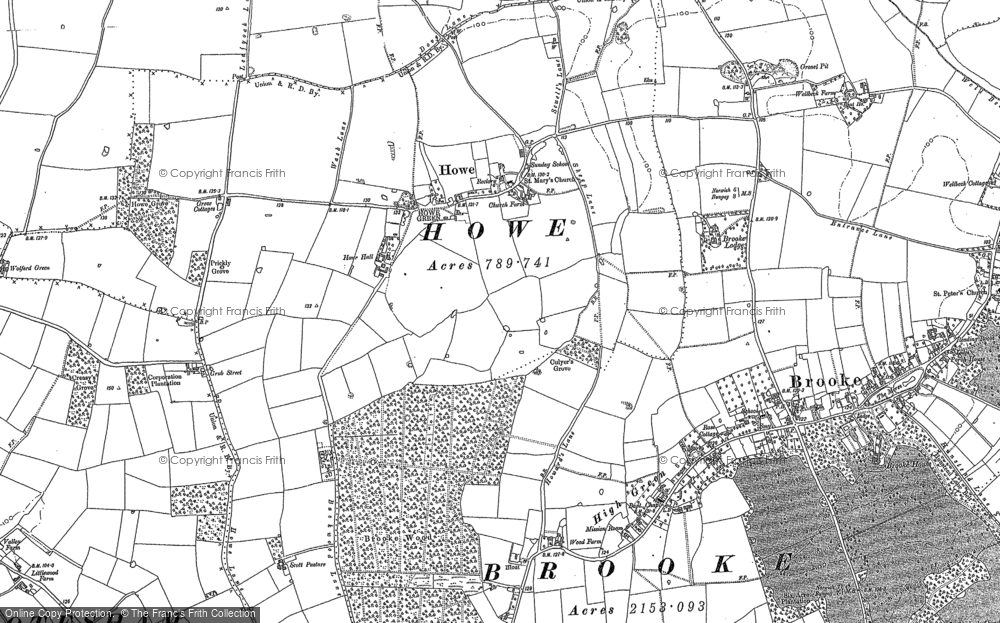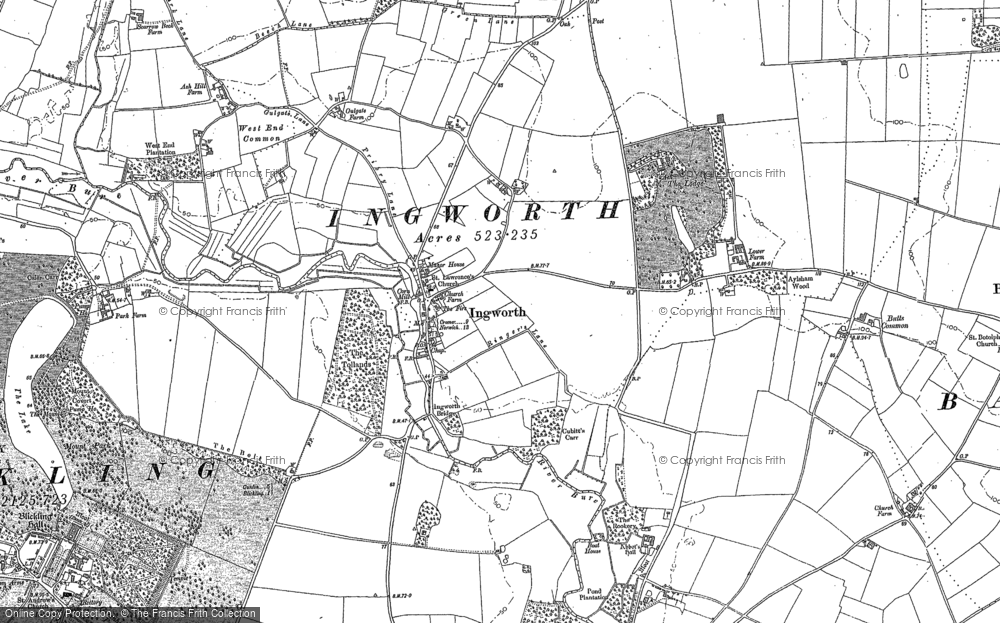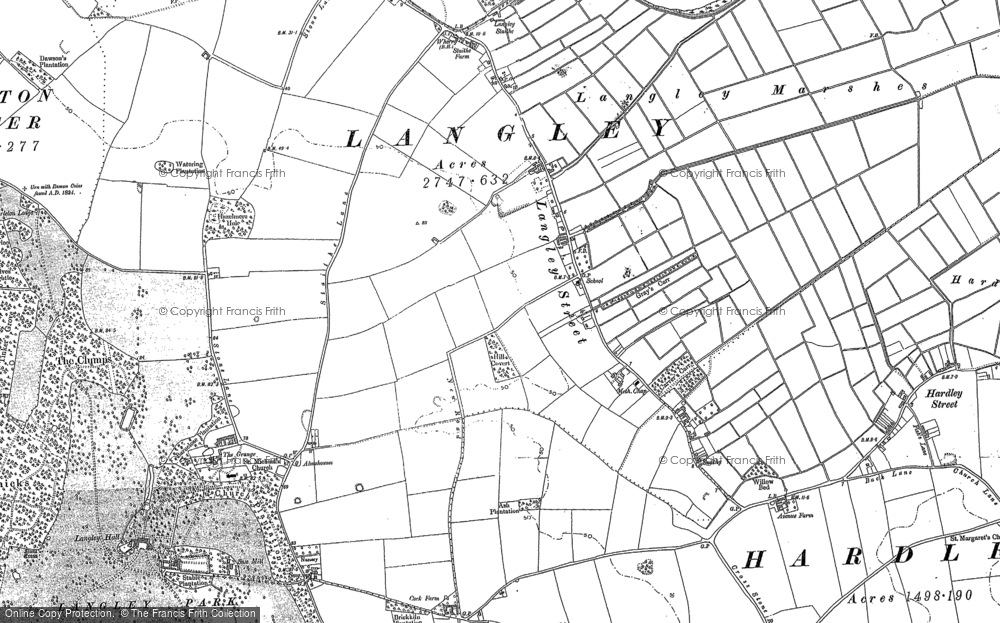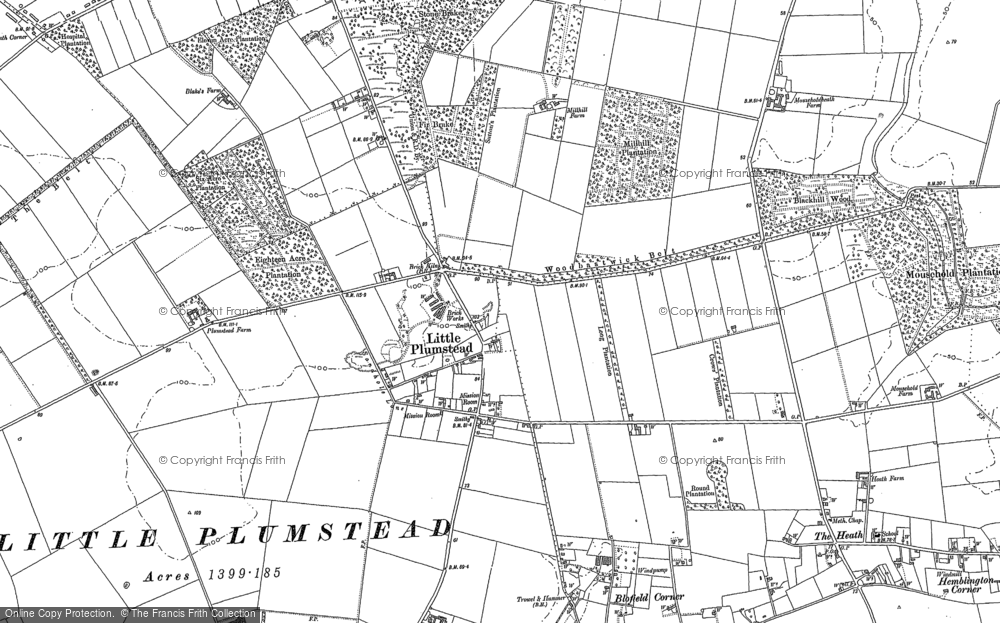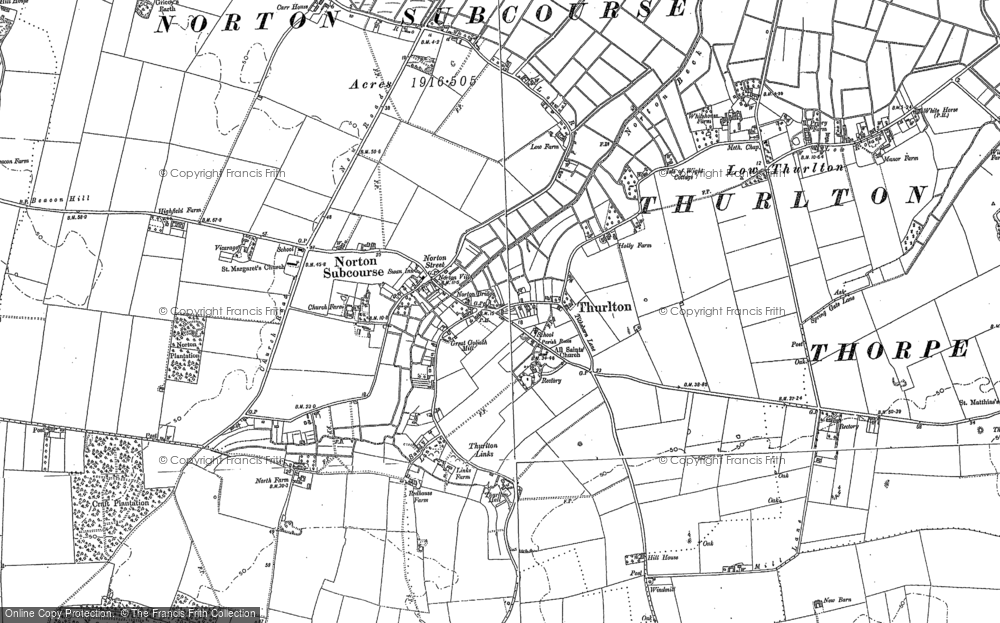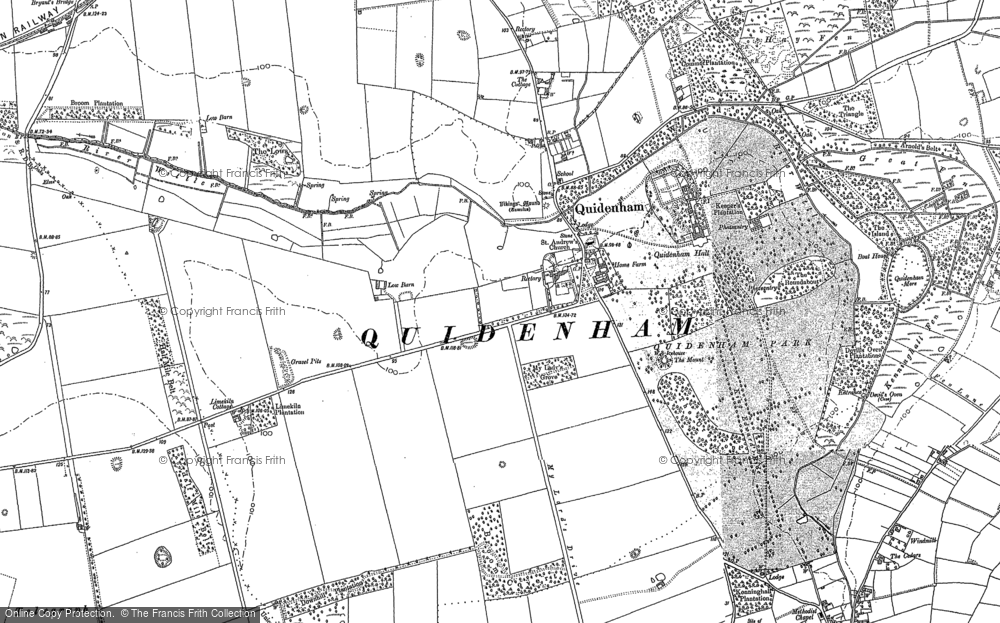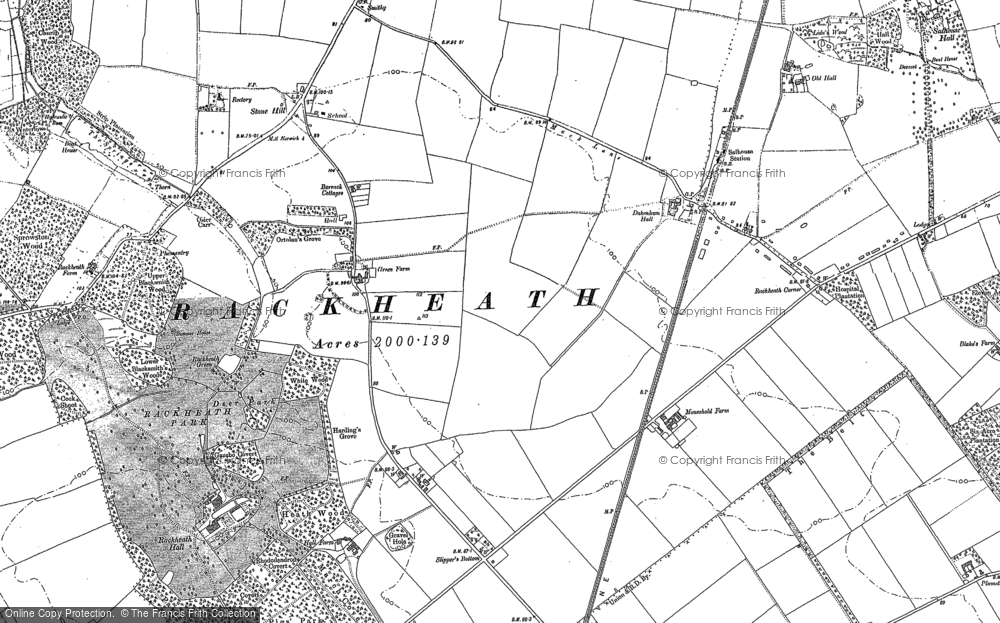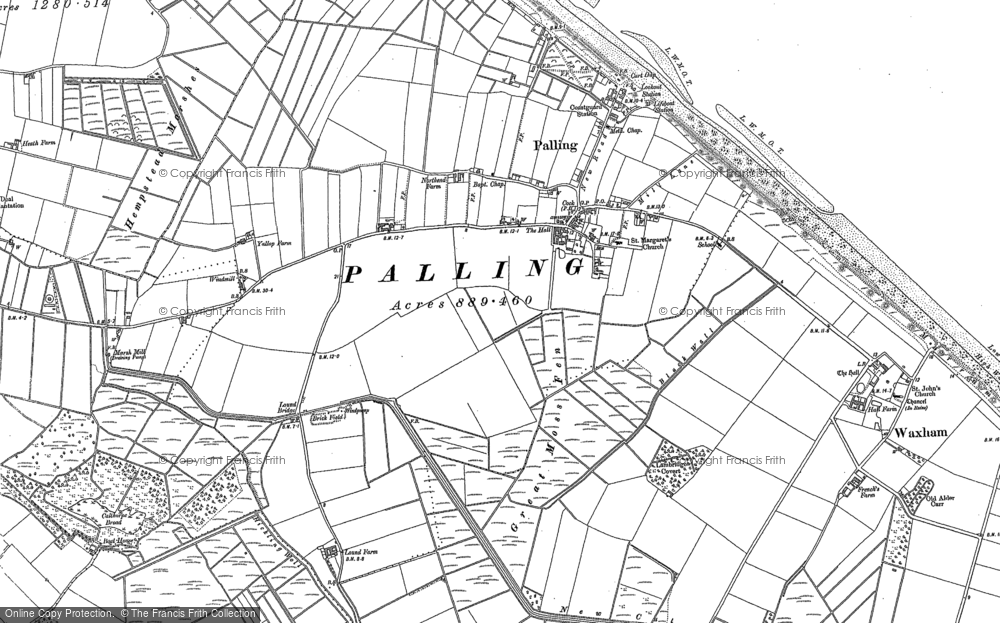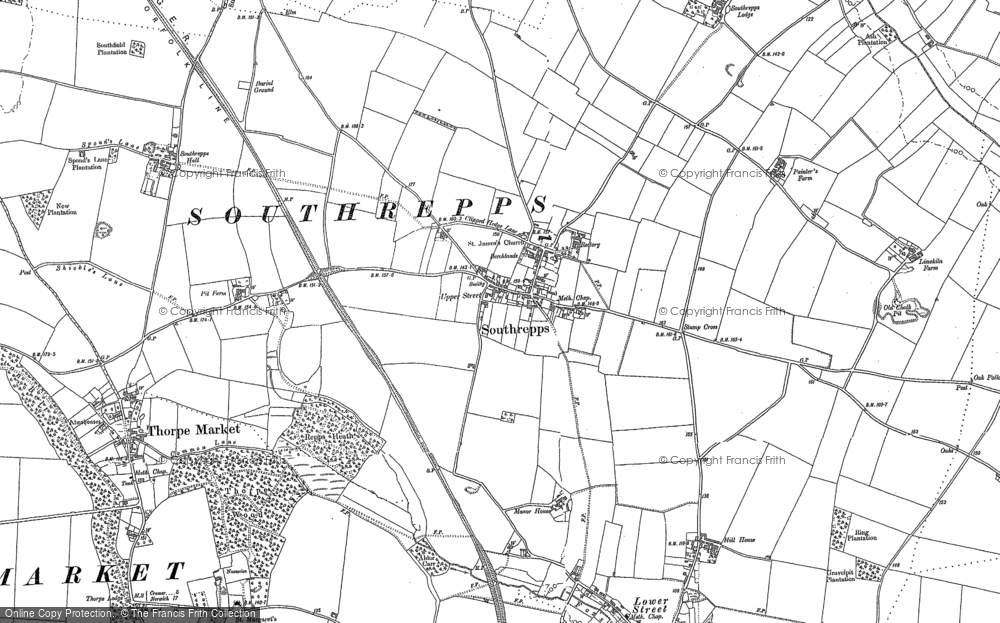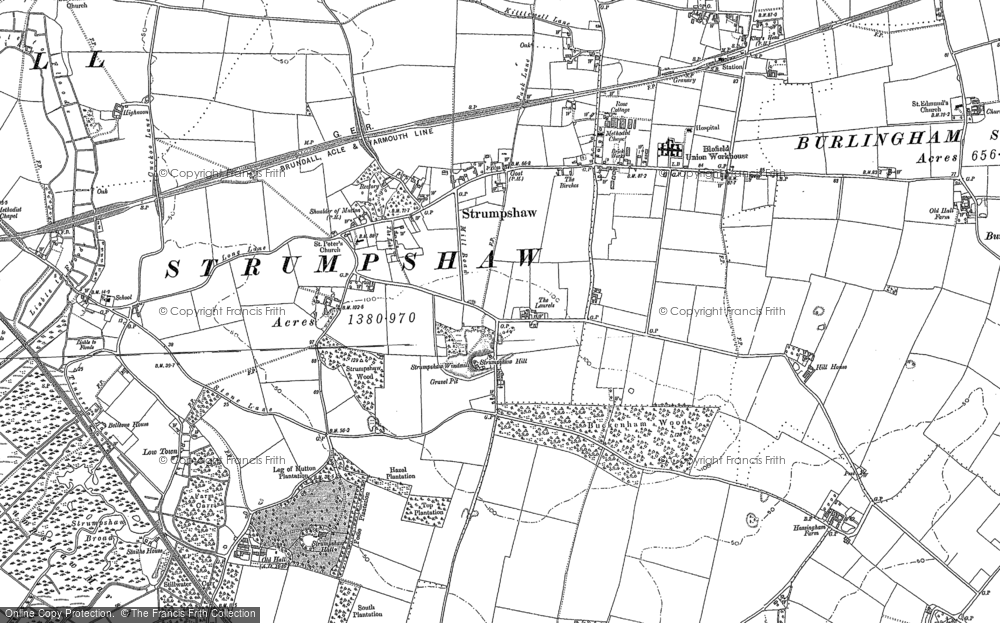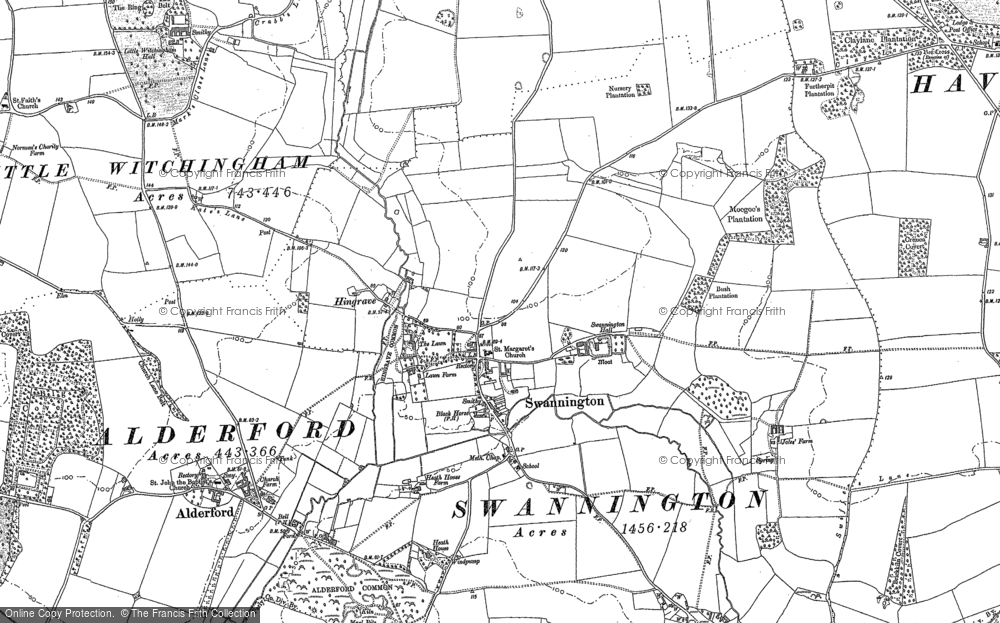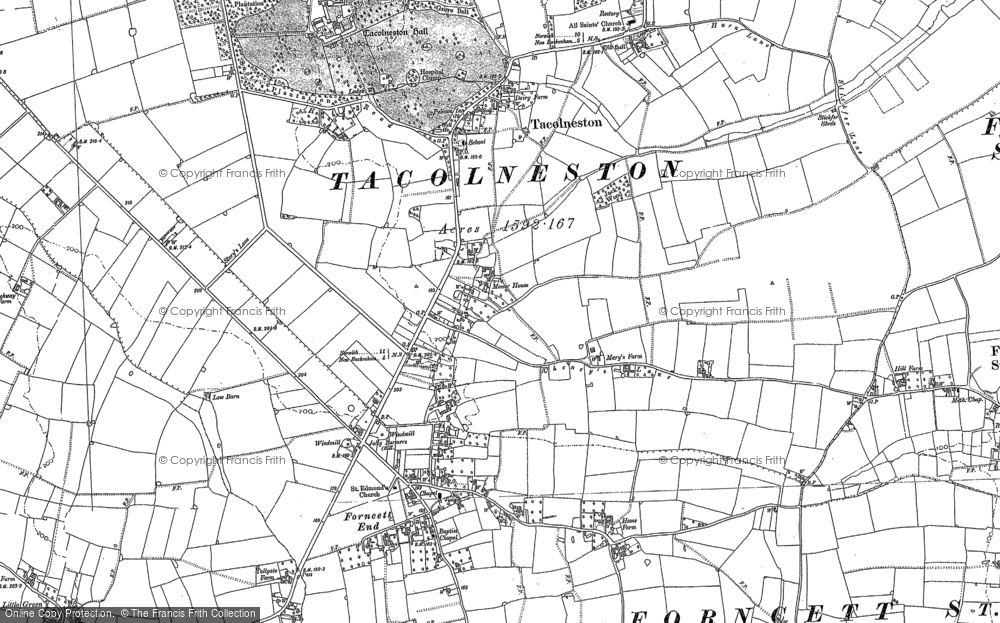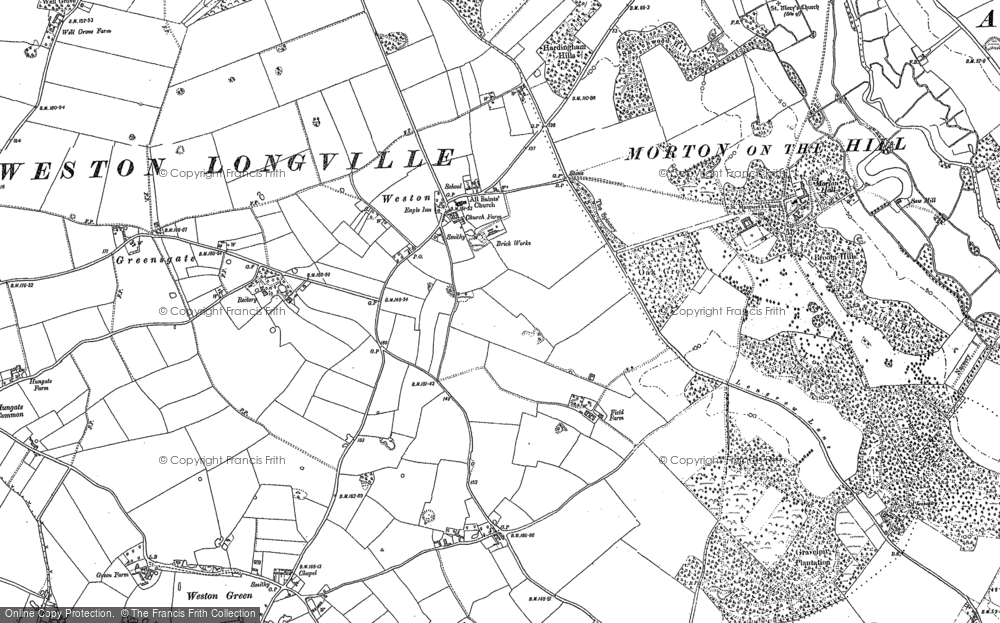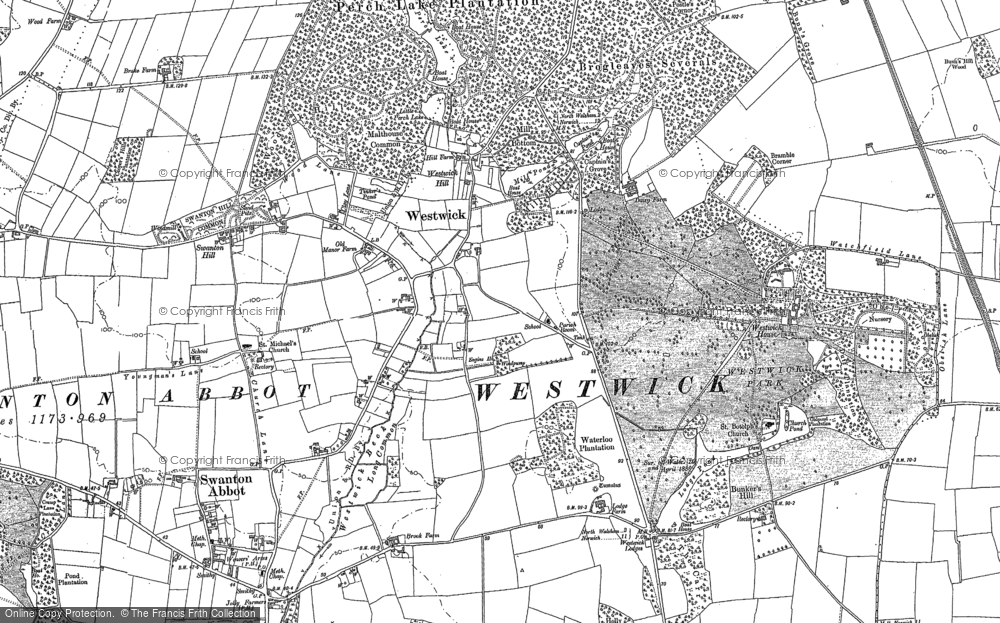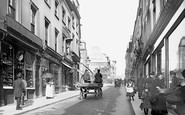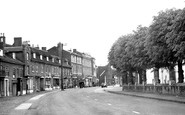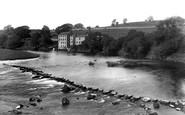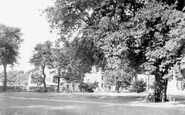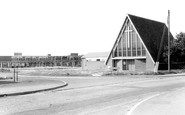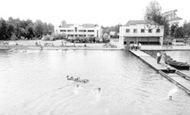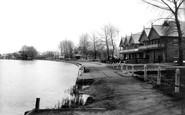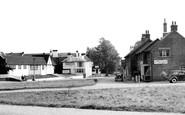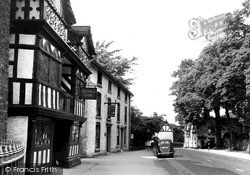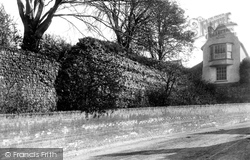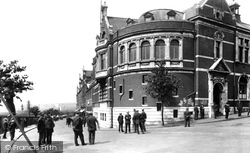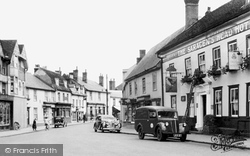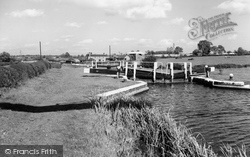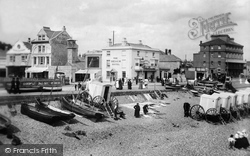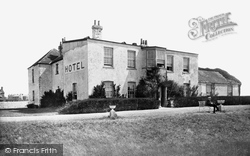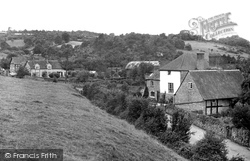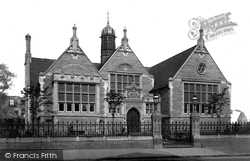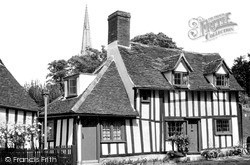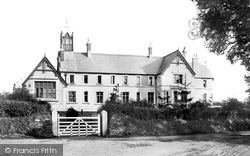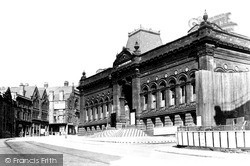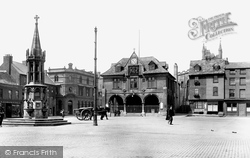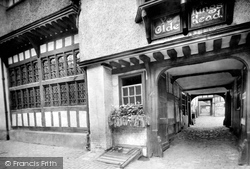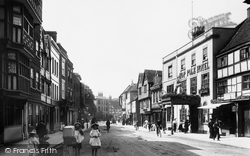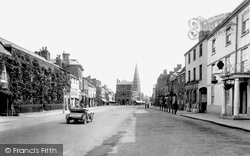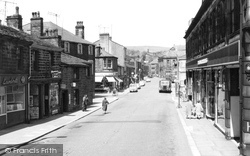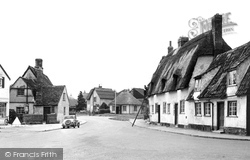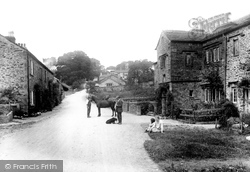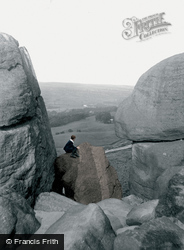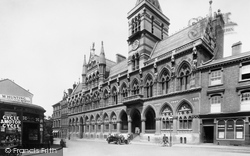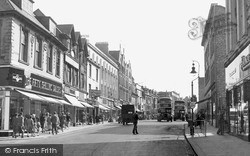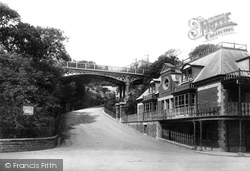Places
36 places found.
Those places high-lighted have photos. All locations may have maps, books and memories.
- Shanklin, Isle of Wight
- Ventnor, Isle of Wight
- Ryde, Isle of Wight
- Cowes, Isle of Wight
- Sandown, Isle of Wight
- Port of Ness, Western Isles
- London, Greater London
- Cambridge, Cambridgeshire
- Dublin, Republic of Ireland
- Killarney, Republic of Ireland
- Douglas, Isle of Man
- Plymouth, Devon
- Newport, Isle of Wight
- Southwold, Suffolk
- Bristol, Avon
- Lowestoft, Suffolk
- Cromer, Norfolk
- Edinburgh, Lothian
- Maldon, Essex
- Clacton-On-Sea, Essex
- Norwich, Norfolk
- Felixstowe, Suffolk
- Hitchin, Hertfordshire
- Stevenage, Hertfordshire
- Colchester, Essex
- Nottingham, Nottinghamshire
- Bedford, Bedfordshire
- Bury St Edmunds, Suffolk
- Aldeburgh, Suffolk
- St Albans, Hertfordshire
- Hunstanton, Norfolk
- Chelmsford, Essex
- Bishop's Stortford, Hertfordshire
- Peterborough, Cambridgeshire
- Brentwood, Essex
- Glengarriff, Republic of Ireland
Photos
11,144 photos found. Showing results 16,121 to 11,144.
Maps
181,031 maps found.
Books
442 books found. Showing results 19,345 to 19,368.
Memories
29,040 memories found. Showing results 8,061 to 8,070.
Samuel Page Umbrella Maker.
This photo shows my great grandfather's shop, nearly opposite the one owned by Jesse Boot. The shop has (on the left hand side of the photo) the name S. Page (Samuel Page) just above the wooden statue of Jonas Hanway ...Read more
A memory of Nottingham by
Shop Names And Trades.
The buildings from left to right are the Post Office with Drakelow Press printing and bookbinding firm in buildings above and behind it. Established prior to 1827 by a Stephen Dodd, in 1951 it became known as Drakelow Press. The ...Read more
A memory of Woburn by
Family Connections.
The mill in the photograph is Low Mill at Grassington. My ancestor William Irving lived here with his family before 1820 until his death in 1843 aged 84. He was a woolcomber. His son James Irving also lived here with his family ...Read more
A memory of Grassington by
The Kennet
The river is the Kennet and this view shows the junction of the Kennet river (from low level bridge on the right) and the Kennet and Avon Canal (towards the locks straight ahead). The tributary to the left is towards the West Mills flour mill (water powered). The view is upstream (West).
A memory of Newbury by
The Harbour Line.
Look carefully between the first two trees on the left of the photograph. In the gap with the house in the background you will see a horizontal dark line which follows to the right. This is the railway line called the Harbour Line ...Read more
A memory of Wisbech
Forest School
The building in the background is the Forest Grammar School which would have been newly built at this time - I think it opened in 1957. The headmaster at the time was "Wally" Jackson, who I had the pleasure of meeting rather too often as he wielded his cane for my latest infraction of the rules!
A memory of Winnersh in 1957 by
California In England
This holiday camp was known as California in England and was owned by the Cartledge family. Mr Cartledge ran the holiday camp and Mrs Cartledge ran the Red Puppet cafe in Wokingham's Peach Street for some time, where a group of ...Read more
A memory of Wokingham in 1958 by
Alma Friston Nee Oldfield
I was born in Smeeton on April 23rd 1935. I remember staying with a Mr and Mrs Webb. As you approached Smeeton there were cottages on the left hand side, we stayed in the last one next to a lane. The cows came up this ...Read more
A memory of Smeeton Westerby in 1945 by
The Galleon Swimming Pool
The Galleon swimming pool was all blue with a marvellous fountain at the far, shallow end. Above to the left was a sun balcony and a little counter where you could buy soft drinks and sweets. There was a wavey slide on the ...Read more
A memory of Burgh Heath in 1950 by
Your search returned a large number of results. Please try to refine your search further.
Captions
29,395 captions found. Showing results 19,345 to 19,368.
A sign of the growing commercialisation of the street can be seen in the Red House`s transformation to the District Bank, and the private house beyond has become a high class decorator.
The last survivors of the colony were burnt or massacred in the Temple of Claudius.
The Customs and Shipping Offices on the corner of Station Stret opened in 1925.
The Saracen's Head—on the right of this picture—was a famous coaching inn at Great Dunmow, a town associated since 1949 with the Dunmow Flitch ceremony.This had originated at Little Dunmow in 1140
The locks at Fleckney are a part of the descent of the canal from its high point at Foxton into the Soar Valley.
About 1785, Sir Richard Hotham, a wealthy Southwark hatter, who determined upon acquiring the glory of a seaside Romulus, set to work to erect a town of first-class villas in this pleasant spot, with a
Littlehampton had been an important port in the Middle Ages and even a Tudor royal shipyard, but it declined until reviving with the canalisation of the Arun in 1723; it was most successful during Victorian
The word 'hope' was an old Welsh word meaning a valley and so here we have the settlement in the valley under the hill fort, 'mawr' being a reference to the ancient hill fort at one end of the hill
Sketchley was later appointed assistant keeper of the Science & Art Department of the Victoria & Albert Museum.
This lath and plaster cottage with rust-coloured locally-made roof tiles is typical of the cottages which have been in this part of the town since the 15th century.
The initials of the former can still be seen on the premises of the NatWest in Westgate Street.
The initials of the former can still be seen on the premises of the NatWest in Westgate Street.
A view of Leeds Mechanics' Institute. This imposing Italianate building, with its lofty round-arched windows, was built by Cuthbert Brodrick in the late 1860s. It later became the Civic Theatre.
The memorial was given by the chief magistrate and the widow of the first mayor (under the 1874 Charter), Pearson Gates.
This view looks through the entrance towards the inn yard, all of which survives to this day.
The 18th-century Royal Hop Pole Hotel on the right- hand side of the street, with its wrought iron, flower- bedecked canopy and window boxes, is featured in Charles Dickens's 'Pickwick Papers
The High Street, earlier called the Great Street, is lined either side with Georgian buildings which sit at the head of earlier burgage plots, much the same as at Uxbridge, Middlesex or St Ives, Huntingdonshire
At this time, local industry was closing down; Bacup, which was off the beaten track, was looking for residents to commute to work in Burnley, Manchester or other towns.
Serving at the front in the First World War, Brooke wrote a short poem called 'The Soldier'; surely he had Grantchester in mind when he composed these lines: 'If I should die, think only this of me: That
In this carefully composed picture we see the lower part of the village. The two men, one holding the horse and one with his dog, are everything a photographer could want in a village scene.
Through the famous Cow and Calf Rocks high up on Ilkley Moor, we can see the estate of Denton Park, once the home of the Fairfax family.
This heavily-decorated Victorian building was built by E W Godwin in 1864; as the picture demonstrates, it consists of two storeys with a clock tower, a turreted gable and endless lines of windows.
Most evocative of past shopping is The Fifty Shilling Tailors, a chain that grew up before World War II and originally offered suits for that price.
This fine building was built on the site of the relocated lifeboat station; its façade betrays its construction in stages.
Places (6814)
Photos (11144)
Memories (29040)
Books (442)
Maps (181031)




